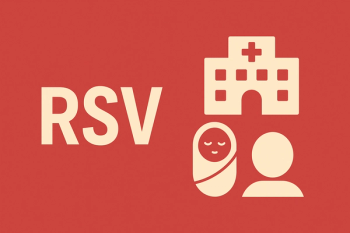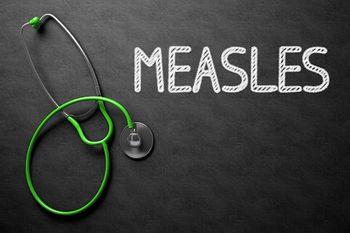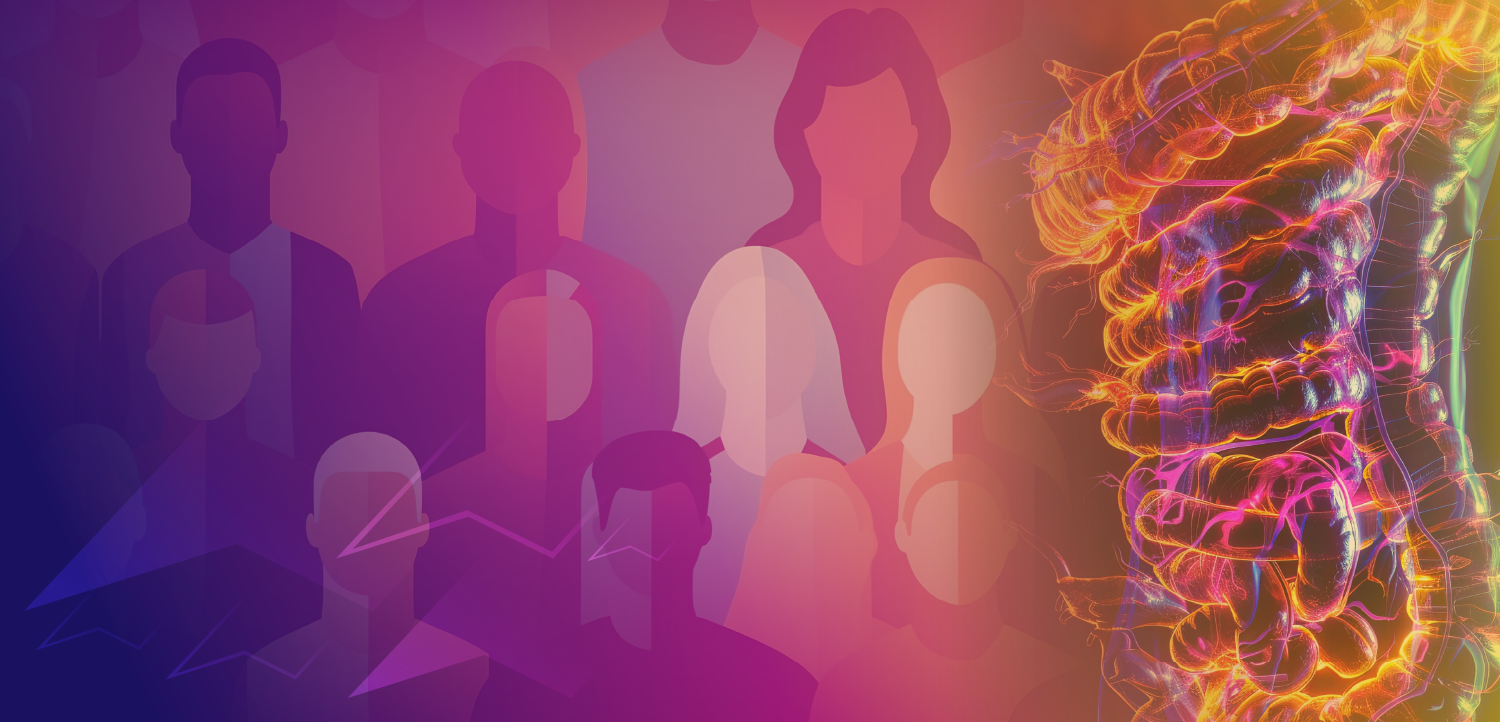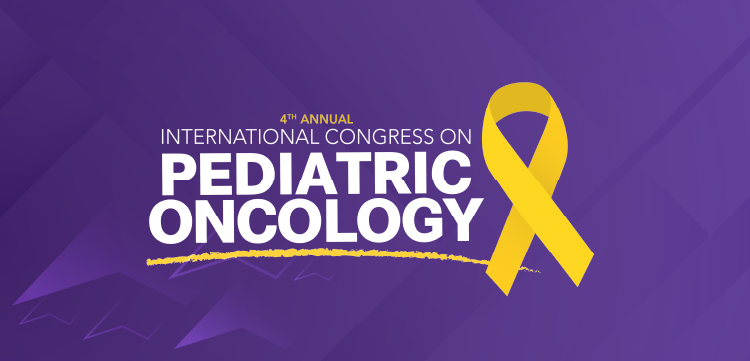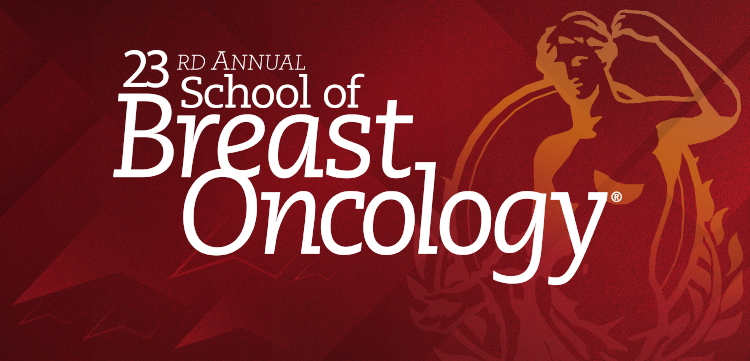
Clinician Wellness During a Pandemic - Public Health Watch
COVID-19 places the physical and mental health of healthcare workers at risk—and it’s time to take action.
By now, we all know of colleagues in clinical practice directly affected by the
By mid-April, more than 9000 healthcare workers (including doctors, nurses, and paramedics) had been infected with the coronavirus, SARS-CoV-2, in the US alone. Given that the number of confirmed cases in the general population has more than doubled over the past month since, it’s safe to assume that thousands more clinicians have fallen ill as well.
It should come as no surprise, then, that a commentary published on May 13 by
“These courageous people are risking their lives, threatened not only by exposure to the virus but also by pervasive and deleterious effects on their mental health,” investigators wrote. “Before the virus struck, the U.S. clinical workforce was already experiencing a crisis of burnout. We are now facing a surge of physical and emotional harm.”
They urge several “immediate actions” as part of a national strategy to safeguard the health and well-being of our clinician workforce. The action items are:
- Integrate “wellness” programs for clinicians into COVID-19 organizational decision-making bodies for the duration of the crisis.
- Ensure the mental health and safety of clinicians through anonymous reporting mechanisms that allow them to advocate for themselves and their patients.
- Provide federal funding to care for clinicians who experience physical and mental health effects of their service in the care of patients with COVID-19.
- Fund and develop a national epidemiologic tracking program to measure clinician well-being and report on the outcomes of interventions.
NAM, the authors note, provides a “
“Although COVID-19 presents a monumental ‘excuse,’ now is not the time to divert resources from clinician well-being or delay the establishment of new activities,” they wrote.
The authors base their emphasis on clinician wellness on the findings of several studies conducted in the aftermath of the 2003 SARS outbreak in Toronto. These studies found high levels of emotional distress among hospital workers, much of which was caused by social isolation, the pain of losing colleagues to the disease, and the stigma associated with exposure to SARS.
“The inability to do their duty may be at the heart of the moral distress experienced by COVID-19 clinicians,” the commentary authors wrote. “With overwhelming numbers of seriously ill patients and shortages of essential supplies, providing the optimal standard of care becomes a mathematical impossibility."
They added that people who are regarded as healers are forced to "stand by powerlessly as their patients sicken and die," something akin to a tragedy that can lead to serious moral injury.
"Such injury may be most acute and long lasting in the young physicians, nurses, and other health professionals serving on the front lines during their formative years of training,” they wrote.
We hear a lot of talk about supporting “frontline healthcare workers” these days. It’s time healthcare organizations and state and federal legislators back up that talk with action—and money.
Newsletter
Stay ahead of emerging infectious disease threats with expert insights and breaking research. Subscribe now to get updates delivered straight to your inbox.

